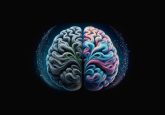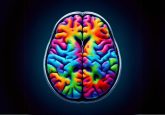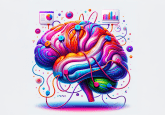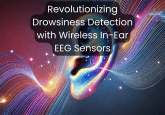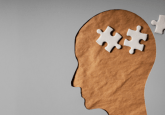Faster Dementia Diagnosis with AI-Driven EEG Analysis
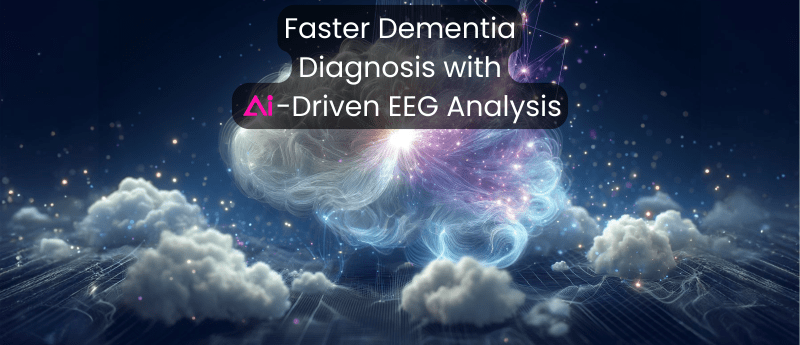
As AI continues to evolve, its role in early identification is poised to play a pivotal role in neurodegenerative disease detection. A new study offers fresh insights into brain activity data, suggesting it could help with early diagnosis of dementia.
In a recent study led by the Mayo Clinic Neurology AI Program, scientists documented how using AI and machine learning can significantly improve the analysis of electroencephalogram (EEGs) to support the earlier diagnosis of diseases such as Alzheimer’s disease and Lewy Body Dementia.
The EEG test involves electrodes being placed on the scalp to monitor brain activity and is commonly used to detect epilepsy. However, for these tests, instead of choosing specific patterns to look at, the research team used a data-driven approach to find six key brain wave patterns automatically.
These patterns helped them distinguish between healthy individuals and those with cognitive issues, as well as between different types of dementia. The use of AI enabled greater speed and accuracy in their evaluations.
The study also highlighted that EEGs are more widely available, less expensive and less invasive than other tests such as cerebrospinal fluid analysis, neuropsychologic evaluations, or fluorodeoxyglucose, therefore this tool to capture brain disorders could become more accessible worldwide.
Dr. David T. Jones, a Mayo Clinic neurologist and senior author of the study, stated:
“There’s a lot of medical information in these brain waves about the health of the brain in the EEG. It’s well known that you can see these waves slow down and look a bit different in people who have cognitive problems. In our study, we wanted to know if we could accurately measure and quantify that type of slowing with the aid of AI.”
“Right now, one common way that we quantify patterns in medical data is by expert opinion. And how do we know that the patterns are present? Because that expert tells you they’re present. But now with AI and machine learning, not only do we see things that the expert can’t see, but the things they can see, we can put a precise number on.”
Dr. Wentao Li, co-first author of the study added:
“It was remarkable how the technology quickly extracted EEG patterns compared to traditional methods like cognitive tests and brain imaging.”
The research team analysed 12,176 clinical EEG recordings of 11,001 adult patients, all of whom underwent routine clinical EEG study at the Mayo Clinic between 2011 and 2021.
The seamless integration of AI and machine learning in neurodegenerative disease detection bolsters the collaboration between healthcare specialists. This ensures a more comprehensive understanding of a patient’s condition that will lead to the development of personalised care plans that have the best chance of tackling diseases such as dementia earlier.
